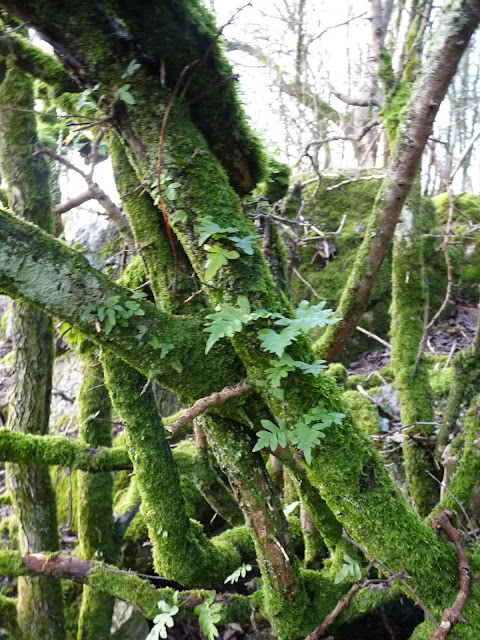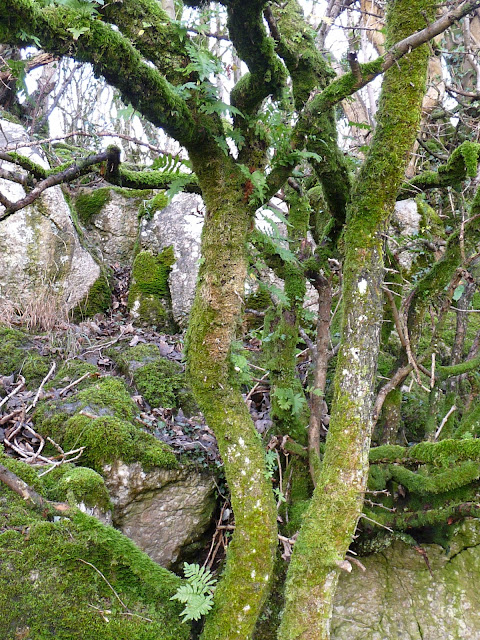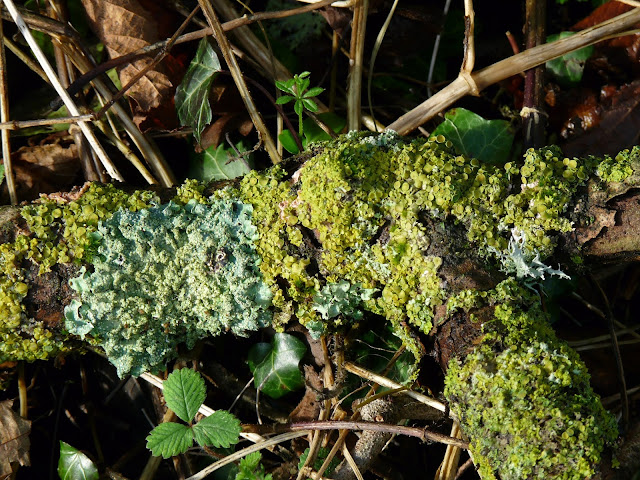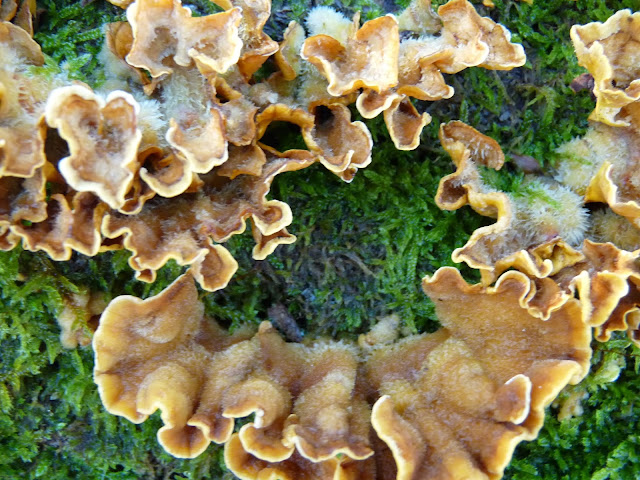Wednesday 17th November 2020 - NEW Polypodium cambricum on Hutton Roof - SEE BELOW
*******************
Thursday 19th November 2020 - Nice stroll or wander with fabulous wonders and my December copy for the local magazine - SEE BLOG BELOW THESE LINKS.....
CHECKING OUT SOUTHERN POLYPODY AND BLACK SPLEENWORT PLUS FUNGI, FUNGI AND MORE FUNGI - Click here
Another recent blog on"The best moments of vis so far this year - click here
Click over the Links:
2020 Visible Bird Migration records
"Strange Polypodium Interjectum found in Burton (17th Oct 2020)
Cloud and Sunrise photo blog - click here
More Autumn Gentian photos (2020) can be seen here
Finding a new Polypodium cambricum on Hutton Roof Crags (17th December 2020)
Today was rather special thanks to Martin S. who so kindly put me on to these. He did give me some instructions plus a gps to find them, but from his notes I had a idea just where these beauties were. After all we already had a well established 50 frond population growing from the sides of "Hanging Scar" boulder which was roughly about 100 yards south on a slightly higher elevation.
When Martin first got in touch about these, what excited me most and looking at his photographs was that some of these were actually growing on trees and for me I had never seen or recorded this species actually growing on trees before from anywhere on Hutton Roof and this just had to be a first.
Clambering up the established nearby footpath with excitement I glanced over to my right hand side, to roughly the area that had been outlined to me and straightaway I noticed a very large boulder (see photo above) ram jammed full of "Cambricum" beauties of all sizes, but some in particular just had some really amazing fronds so big so big which just looked like they could have been sprouting from out of the top of the boulder and some of the larger fronds had the typical droop down fashion which you come to expect with Polypodiums. I was itching to get my camera out and take photos of these rare beauties. I have in the past had large fronds, but some of these were some of the biggest I had ever seen and I have tried to show some photo examples for you to judge. I took measurement of one particular frond which was a good 12" with a stipe of some 6" bringing a total size of 18" and with a central width of some 7" which is going some. I managed to count at least 60 fronds of which some were really large and similar to the one I have already mentioned. The majority had a good "deltoid" shape look about them just what you like to see in a "Cambricum" and also all the fronds showed the lowest pinnae "inflexed".
But some of Martin's examples were clearly found on a tree and not a boulder, but looking more close and sure enough within a yard or two was growing a beautiful but sad tree which had every one of it's branches covered with moss and out of the moss were growing small and much smaller specimens of "Cambricum". I wasnt sure what sort of tree it was and even wondered if it was a dying specimen because it just looked to me that it could well have been (but not sure). In my excitement of the find I forgot to try and establish just what sort of tree it was. It just looked like the boulder got the big boys whilst the tree got the kindergarten and babies. On the tree I would have estimated that at least 40 fronds were present. Some just so small like I had never seen before (see photos). I am now clear in my mind that the specimens on both the tree and the boulder had resulted in offspring set from the nearby "Hanging Scar" (100 yards South West - on a slightly higher level approx 20ft higher elevation).
Finally I thought it only right that I pay homage to our already established specimens which are still clinging to the sides of the fabulous rock itself, and just out of reach of stretching. We have about 50 fronds, spread over three sides of the rock. It was obvious that these ferns were surviving on this large boulder rock because of the moss patches which were clearly seen above the ferns, but in turn allowed for a slow release of moisture, obviously the same thing which must have been happening to the moss covered branches of the tree I found earlier.
An enchanting morning with some of the most beautiful ferns one is likely to see, and bringing our Hutton Roof "Cambricum" population count to 5 separate communities, with this area obviously being the most productive.
And now to see the specimens, first the new ones on the actual boulder. (boulder photo shown in header)
Boulder near to Hanging Scar - Hutton Roof
(10 photos)
Tree within yards of boulder shown above
(9 photos)
Hanging Scar Boulder
(8 photos)
To finish off - some nearby "vulgare"
(Common Polypody) (4 photos)










































































.jpg)
.JPG)
.jpg)






.jpg)




+(Small).jpg)
.JPG)





.jpg)






















